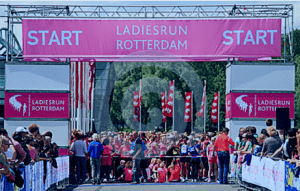“It is not the strongest of the species that survives, nor the most intelligent that survives. It is the one that is most adaptable to change.”
— Charles Darwin
Just about everyone agrees that being “adaptable to change” is important.
At the same time, many people believe that we’re entering an age of acceleration. The models underlying society at every level are being redefined as traditional linear models of change give way to the explosive power of exponential growth. According to computer scientist, inventor and futurist Ray Kurzweil:
“The 21st century will be equivalent to 20,000 years of progress at today’s rate of progress; organizations have to be able to redefine themselves at a faster and faster pace.”
At all levels of engineering, we need a management methodology that is “most adaptable to change.”
Is “Agile” the answer? When we ask people to voice their opinions, doubts emerge around the concept of “agile methodologies.” Is it a new buzzword, yet another management fad or a new paradigm for surviving and thriving in times of rapid change? Or is there something better on the horizon?
Join Cathy Simpson of Agile Learning Labs to explore these questions at the next IEEE Technology and Engineering Management Society meeting on April 2, 2015. In this talk, we will look for the “core of agile” that will endure beyond the fad. We will address agile in context. Everything that is old is new again; and perhaps we will discover together that we’ve been agile all along. We just didn’t have the context to know it.

 How long should we time box the prep time before the first sprint starts – i.e. the time used to decide on a product that has a good chance of meeting the goals, make effort and business value estimates and get the top product backlog items to be sprint ready?
How long should we time box the prep time before the first sprint starts – i.e. the time used to decide on a product that has a good chance of meeting the goals, make effort and business value estimates and get the top product backlog items to be sprint ready? Here’s an interesting question that just came in from a local scrum master. It’s about estimating tasks and management’s role in choosing the practices that a scrum team uses.
Here’s an interesting question that just came in from a local scrum master. It’s about estimating tasks and management’s role in choosing the practices that a scrum team uses. How long should our sprints be? This is a question I am frequently asked by new scrum masters and scrum teams. Here is how it showed up in my in-box recently.
How long should our sprints be? This is a question I am frequently asked by new scrum masters and scrum teams. Here is how it showed up in my in-box recently.